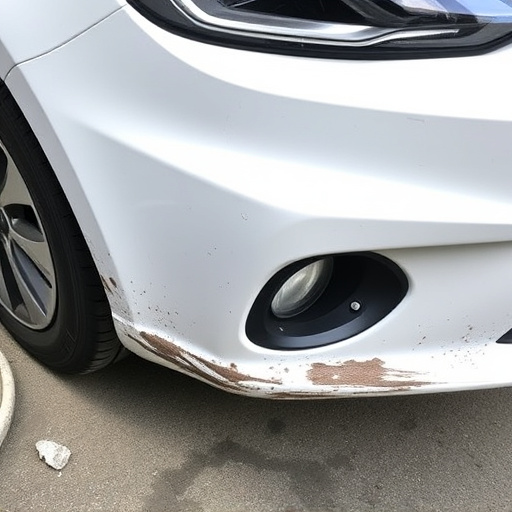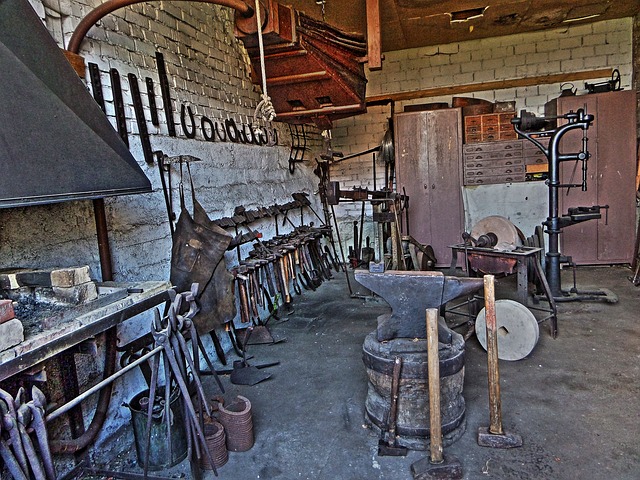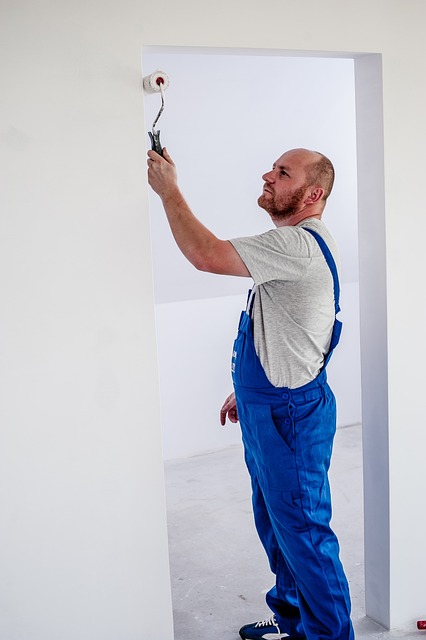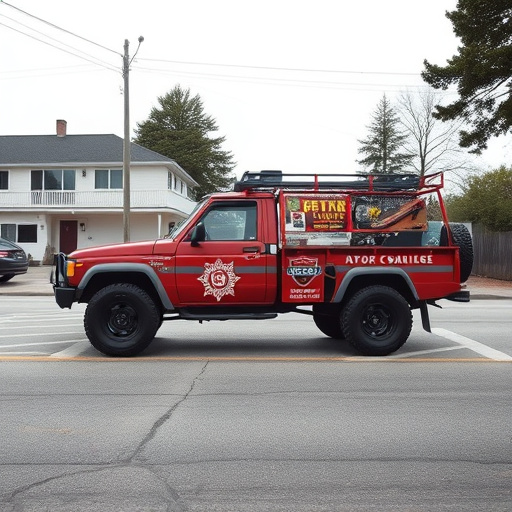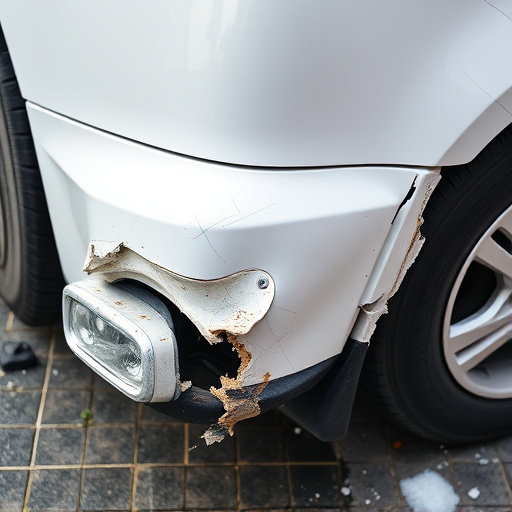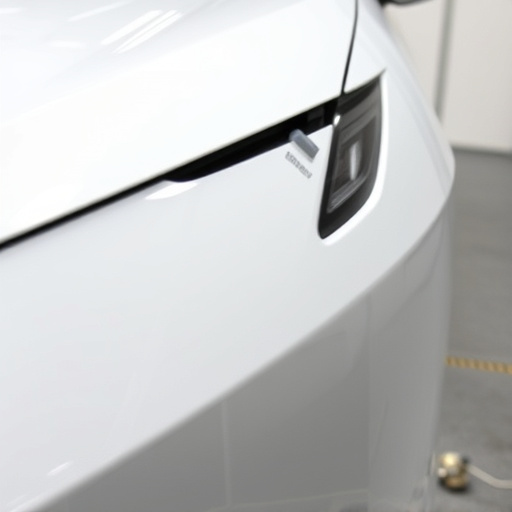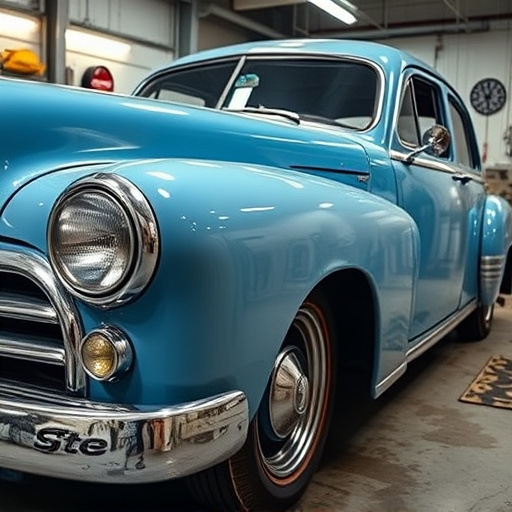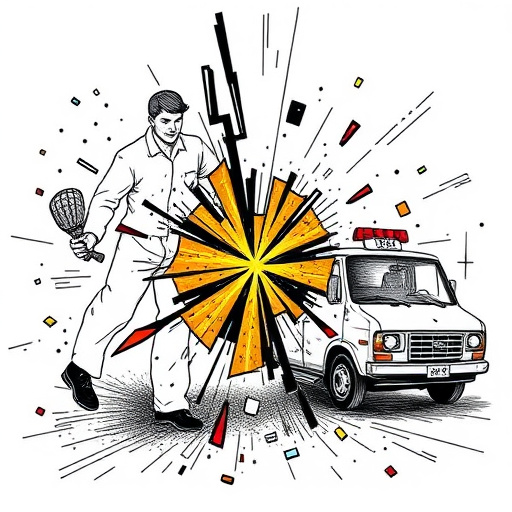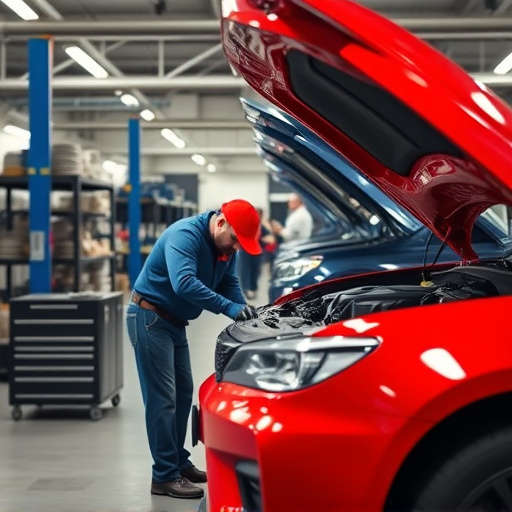TL;DR:
For top-tier paint finish restoration, meticulous preparation is key. This includes thorough cleaning and degreasing to eliminate contaminants, using high-quality tools for even paint distribution, and proper surface sanding and patching. Priming is a crucial, often overlooked step that enhances adhesion and prevents future issues like peeling or chipping. Following these steps ensures a professional, durable finish on both car bodywork and other surfaces.
“Uncovering the secrets to flawless paint finish restoration is every professional’s goal. Yet, even experienced hands can fall victim to common pitfalls. This article guides you through the top mistakes to avoid in your next restoration project. From surface preparation and priming techniques to brush selection and curing times, we’ll help you achieve superior results. Learn how to identify and correct flaws like inconsistent paint application and overlapping strokes, ensuring a durable, professional-grade finish. Mastering these tips is key to raising the bar in your paint finish restoration work.”
- Preparation Mistakes to Avoid
- – Neglecting surface preparation and cleaning
- – Skipping priming: its importance and best practices
Preparation Mistakes to Avoid
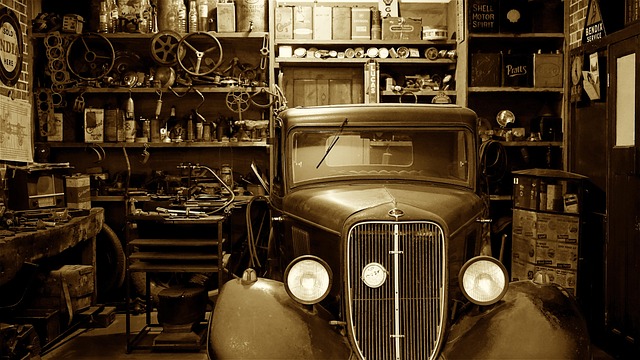
When taking on a paint finish restoration job, whether it’s for your car bodywork or another surface, preparation is key to achieving a flawless result. One of the most common mistakes to avoid is not properly cleaning and degreasing the area before starting. This can lead to an uneven base coat and potential issues with adhesion later on. Always take the time to thoroughly wash and dry the surface, removing any dirt, grease, or existing debris that could hinder the new paint job.
Another preparation blunder to steer clear of is neglecting to use the right tools for the task. Using incorrect brushes or applicators can result in uneven paint distribution and unsightly brush strokes. Ensure you have high-quality tools suitable for the project, whether it’s for car scratch repair or dent removal. The right equipment will make your work easier and ensure a more professional finish.
– Neglecting surface preparation and cleaning

Proper surface preparation is a cornerstone of any successful paint finish restoration job. Skipping this critical step can lead to uneven application, poor adhesion, and ultimately, an inferior finish. Before applying new paint, thoroughly clean the surface to remove dirt, grease, dust, and any existing debris. This involves using appropriate degreasers and cleaning agents, followed by a thorough rinse and dry to ensure no residue remains. Neglecting this process can result in blistery paint, peeling, or an overall lackluster appearance, requiring costly touch-ups or reworking.
Remember that surface preparation extends beyond just cleaning. It includes sanding to create a smooth base, patching any dents or holes, and ensuring the surface is free from any contaminants that could hinder the new paint’s bond. Investing time in these tasks pays off by providing a solid foundation for your restoration work, be it on auto bodywork, tire covers, or even other car components requiring a fresh coat of paint.
– Skipping priming: its importance and best practices
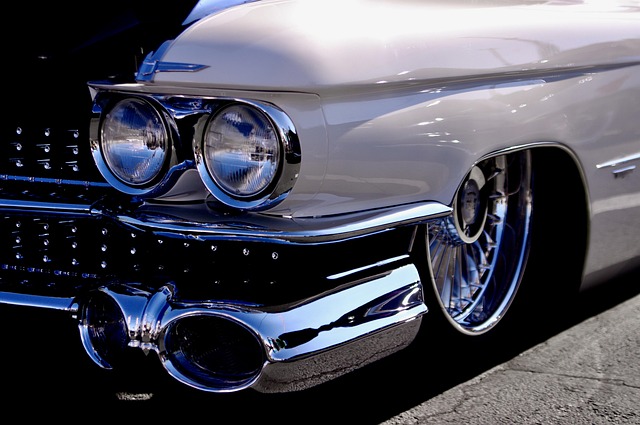
Priming is a crucial step often overlooked in paint finish restoration jobs. It’s like laying a solid foundation for your paintwork—without it, the final coat may not adhere properly, leading to early chipping or peeling. A good primer acts as a bonding agent between the repair area and the new paint, ensuring a smooth, long-lasting finish. When restoring a car scratch repair or handling car bodywork, taking the time to properly prime the surface is essential for achieving professional results that match the vehicle’s original paint job.
Best practices suggest using a high-quality primer suitable for the specific type of paint and substrate you’re working with. This could vary from automotive primers for collision repair services to specialized primers designed for different types of surfaces. Apply the primer evenly, following manufacturer instructions for drying times. Ensure the surface is clean, dry, and free of contaminants before priming to guarantee optimal bonding.
When undertaking paint finish restoration jobs, meticulous preparation is key. Common mistakes like neglecting surface cleaning and skipping priming can lead to subpar results. Always remember that proper preparation ensures a durable, high-quality paint job. By following best practices and paying attention to these critical steps, you’ll achieve exceptional paint finish restoration outcomes.
